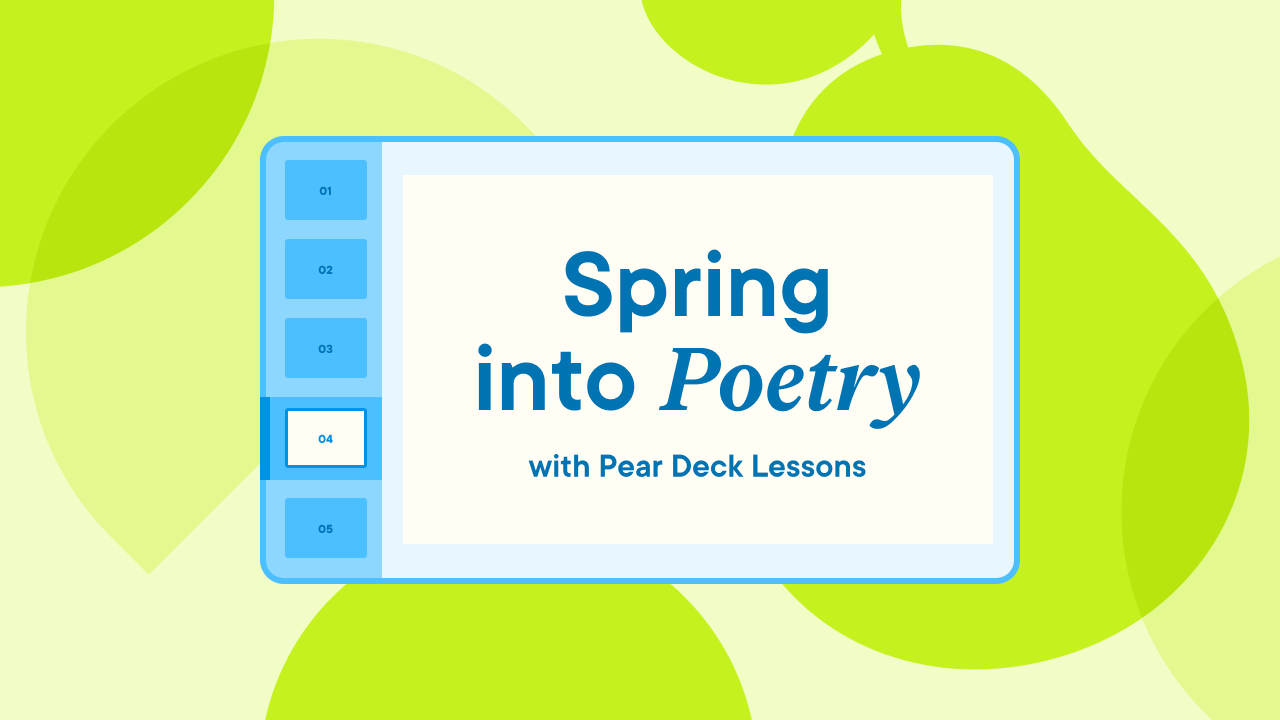ESSER I, CRRSA ESSER I, and ARP ESSER III grant programs: what’s the difference?

The ESSER grant programs (ESSER I, CRRSA ESSER II, and ARP ESSER III), also known as Elementary and Secondary School Emergency Relief funding, offer specific emergency funds designed to address the impact of lost instructional time. Many students suffered immense learning loss due to the weeks and, in some cases, months of school missed during the pandemic.
While some students adapted well to virtual learning opportunities, others struggled to learn under those conditions. ESSER funding provides school districts the funds they need to help bridge those gaps.
However, while each type of ESSER program has a similar purpose, there are notable differences you may need to be aware of as your district determines how to best use that funding. Let's dive in and take a look at the difference between those ESSER programs.
What is the ESSER I grant program?
The initial ESSER grand program, which provided funds available through September 30, 2021, was intended to help fight the spread of COVID-19 through the school district.
It required districts to provide equitable services to non-public schools and teachers in their local areas. These funds were primarily intended to help aid the return to in-person instruction and maintain instruction even in the face of potential outbreaks throughout the school system.
Districts who received ESSER I funding did not have to make a publicly-available plan to track how the funds were used to help ensure educational continuity. However, districts must track ESSER I spending separately from other types of spending, including any awards under ESSER II or III.
What is the CRRSA ESSER II grant program?
ESSER II was originally signed into legislation as part of the Coronavirus Response and Relief Supplemental Appropriations program (CRRSA), which was signed into law in December 2020. Funds from the award can be used for spending pre-dated as far back as March 13, 2020, and funds are available for obligation through September 30, 2022.
ESSER II does not require public school districts to provide equitable funding for non-public schools. Instead, CRRSA ESSER II offers separate funding for private schools and those that do not fall under the public school umbrella.
ESSER II is designed to ease the return to in-person learning, making it possible for school districts to reopen as safely as possible and mitigate the negative impact of the pandemic on students.
This shift marks the government's acknowledgement of the learning loss students have sustained due to the impact of the pandemic. ESSER II funds can be used to help provide services that help alleviate that learning loss and help students get back up to former standards.
Like ESSER I, ESSER II does not contain a requirement for districts to publicize the way they have spent those funds or their plans for the safe return to in-person instruction. However, it does require districts to keep track of ESSER II spending separately from other grants and funds, including ESSER I and ESSER III.
What is the ARP ESSER III grant program?
Like ESSER II, ARP ESSER III helps provide funding to address learning loss and deficits in instruction that students may have faced as a direct result of the pandemic.
The American Rescue Plan Act of 2021 allocated substantial funds for school districts. It offers funding for activities and interventions that can help students in underrepresented subgroups, including low-income families, children with disabilities, or English language-learners, improve their academic, social, and emotional outcomes as they deal with the aftermath of the pandemic.
Like ESSER II, ESSER III funds are allocated specifically to individual districts, and private schools will need to seek their own funding. ESSER III funds are tracked separately from other spending and funding, including ESSER I and ESSER II.
ESSER III funds also carry an additional requirement: once they receive those funds, which are available for obligation through September 30, 2023, districts must put up a publicly-available plan that shows how those funds are used, including how it will create a safe return to in-person education and continuity of service in the event of continuing disruptions. The district must also accept public commentary on its plan.
In order to receive ESSER III funds, the districts that receive it may need to meet specific requirements, including committing to avoid reducing per-pupil funding at poverty-stricken schools at any greater rate than overall cuts in per-pupil spending across the district. In addition, those districts cannot reduce per-pupil staffing at high-poverty schools at a greater rate than overall cuts across the district.
Why You Should Use Your ESSER Funds on Pear Deck Tutor
Pear Deck Tutor (formerly TutorMe) is a proven ESSER-eligible intervention to help K-12 districts address unfinished learning. ESSER funds can be used to help address learning loss and provide students with the support they need to excel. Pear Deck Tutor offers a number of key advantages for K-12 admin, educators, and students alike:
1:1 tutoring replicates the engagement of in-person learning
Students learn best when they're fully engaged via one-on-one interactions, which is why tutors on Pear Deck Tutor only work with a single student per session. To replicate the engagement and rapport of in-person learning, tutors are ready to lead sessions via live two-way audio and video, with the option of communicating through text-based chat.
Collaborative learning tools
Our award-winning Lesson Space features a diverse set of collaborative learning aids like Desmos math tools, text editing tools, screen sharing, and Google Docs, Sheets, and Slides to meet the needs of students working on more advanced material.
Invest your ESSER funds in a proven student intervention
The deadline to invest your ESSER funds may be rapidly approaching. Pear Deck Tutor is the perfect ESSER-eligible tutoring solution that can help students at your district recover from learning loss and achieve their academic goals.
Contact us today to learn more about how we can work together to give all your students an opportunity to excel!



